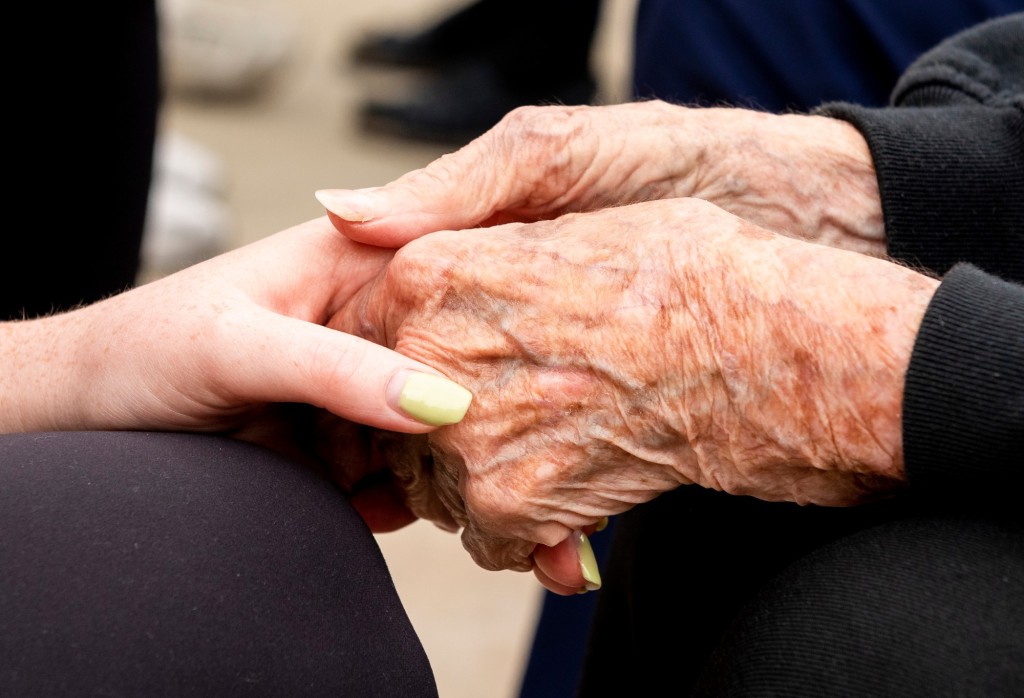By Dr. K. Lauren de Winter,
Contributing Writer
Urinary incontinence, meaning when a person leaks urine by accident, is especially common in older adults. The severity can range from occasional drops of urine to regular leakage that soaks your clothing.
A recent AARP poll found that 51% of women aged 65 to 80 and 43% of women ages 50 to 64 have had an episode of incontinence within the past year. Many people think that urinary incontinence is a normal part of aging that can’t improve; however, there are treatments available to help you manage this condition.
Luckily, this doesn’t have to keep disrupting your life.
There are different types of urinary incontinence, as well as signs and symptoms for each. They are:
- Stress incontinence: Leakage when you put pressure (stress) on your bladder by coughing, sneezing, lifting heavy objects, laughing or exercising. This most often occurs in men and women in all stages of life and may begin for women during menopause.
- Urgency incontinence: Sudden, intense urge to urinate followed by accidental loss of urine. This can include getting up more than once at night to urinate. This may be an issue for people who have multiple sclerosis, diabetes, Alzheimer’s disease, Parkinson’s disease, or have had a stroke.
- Overflow incontinence: Frequent dribbling of urine from a bladder that doesn’t completely empty. For instance, men often have trouble emptying their bladder if an enlarged prostate is blocking the urethra. Also, diabetes and spinal cord injuries can contribute to this type of incontinence.
- Functional incontinence: Leakage from a physical or mental impairment, such as Alzheimer’s disease, that can occur in many older people who have normal bladder control. They can experience problems getting to the toilet because of arthritis or other disorders that make it hard to move quickly.
You can have temporary urinary incontinence from certain foods, medications or a bladder infection. Urinary incontinence can…
Read the full article here







